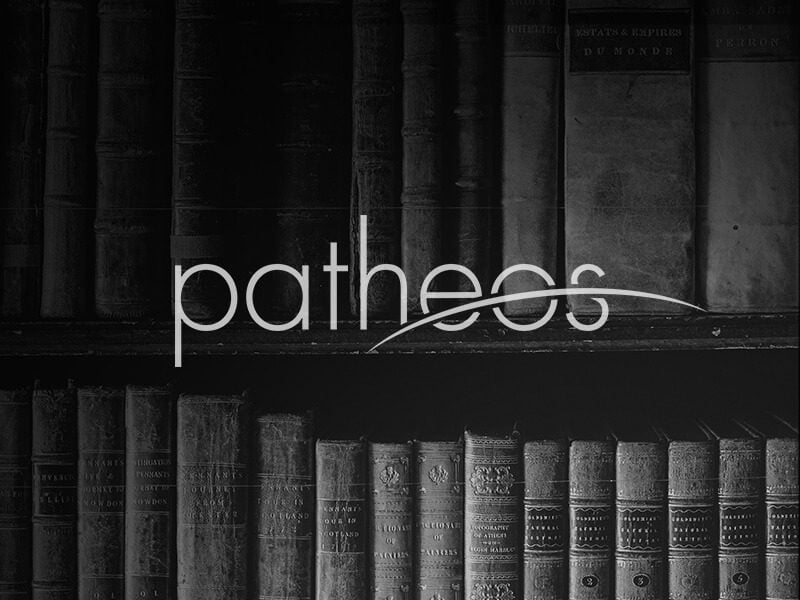Rabbinic commentators have sought to better understand the nature of God by exploring the implications and origins of his name. Michael Fishbane writes in Rabbinic Myth and Mythmaking (Oxford University Press, 2003): In the context of an explanation of why the ‘dry land’ (yabashah) is called ‘eretz (‘earth’) in Gen 1:10, we are told that the primordial earth was an obedient creation of God’s, and ceased to extend when He ‘said’ so. This compliance is strikingly forumated by an exegetical play on the noun itself, since we read that ‘the dry land’ was called ‘eretz because ‘she wished to do His (God’s) will’ (she-ratzta la-‘asot retzono). One may suppose that our myth was one of several accounts telling how the land, sea, or sky acquired their limits — narratives that were supported by a mythic etymology of the divine name ‘El Shaddai, as meaning that God (El) is He who (she-) said dai (‘enough’) to His creations when they grew out of hand and threatened to overwhelm the world with their profusion. In the context of such tales, the letters of ‘eretz in Gen 1:10 provided welcome proof from Scripture…
More daring and of greater cultural significance is another myth of origins that uses Scripture to prove that God created the world with letters from His own Name — not by word or breath, as other texts would suggest. To achieve this result, Rabbi Eleazar invoked the difficult verse in Isa. 26:4 (‘For in (be-) Yah (YH) the Lord (YHWH) you have an everlasting Rock (tzur ‘olamim))’, and exegetically construed it to mean that ‘with (be-) the letters Y-H, YHWH fashioned (tziyyer) His world (‘olam)’. Going further, Rabbi Abbahu noted that the noun ‘olamim is in fact plural (‘worlds’), and thus understood the verse to mean that with each of the letters of the divine Name, Y and H, the Lord created a world—the present world with the letter Hey, and the world to come with the letter Yod. It is thus that the creation is inscribed with the powerful letters of the Tetragram, these being the substance of the world, not the Attribute of Mercy (or Judgment). (p 101-102)Fishbane later reports, in a fascinating report about the suppression of the chaos represented by waters of the deep through the establishment of the Temple, that According to an old tradition, when the High Priest Ishmael ben Elisha once entered the Holy of Holies he was asked by God to bless Him, which he did in these words: ‘May it be favorable before You, that Your mercy suppress (yikhbeshu) Your anger, and Your mercy dominate Your attributes (middotekha), so that You deal with Your children with mercy and not judge them by the strict letter of the law.’ Our perception that Rabbi Simeon’s homily [referred to in a passage I am not citing now, but which similarly described a conflict between God’s mercy and justice] is concerned with an inner divine dynamic is reinforced by the fact that his teaching was keyed to the very same Sabbath Torah reading (the seder of Noah) and linked to the very same verse (‘Then Elohim remembred Noah’; Gen 8:1) used later by Rabbi Samuel bar Nahum, when he taught his hermeutical principle that the divine names YHWH and Elohim refer respectively to the attributes of mercy and justice. (p 125)In these brief passages of rabbinic lore are detailed explications of God’s creative power and actions, His attributes, and debates regarding how His Name should be implicated in the tension between mercy and justice. I find it particularly interesting that YHWH is associated with mercy, but Elohim justice — the opposite of how the roles they seem to be playing in, say, the story of the Exodus.
Many speculations that Mormons might bounce around and claim to be original to our theology seem to be, on the contrary, of quite old origin.










